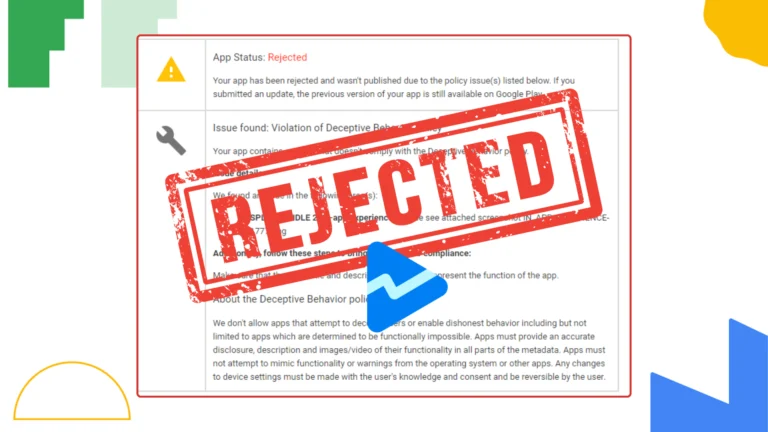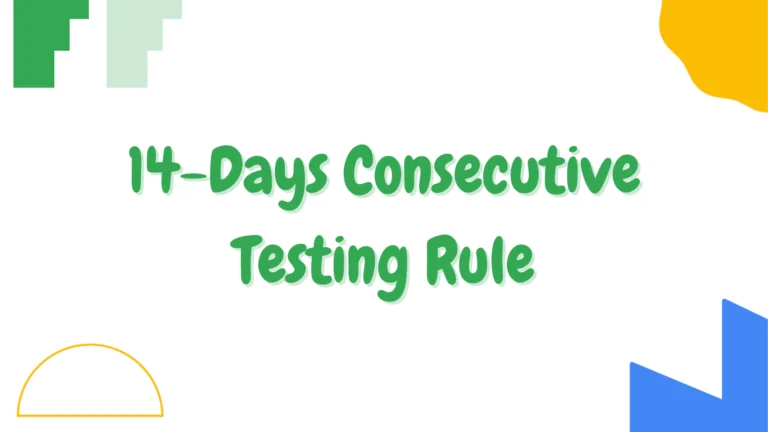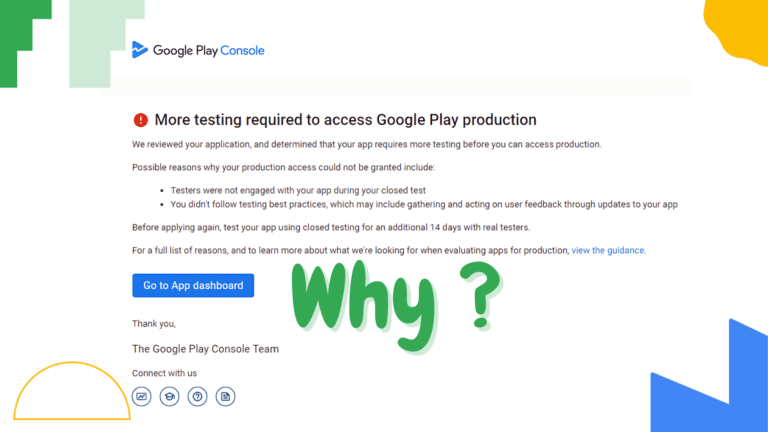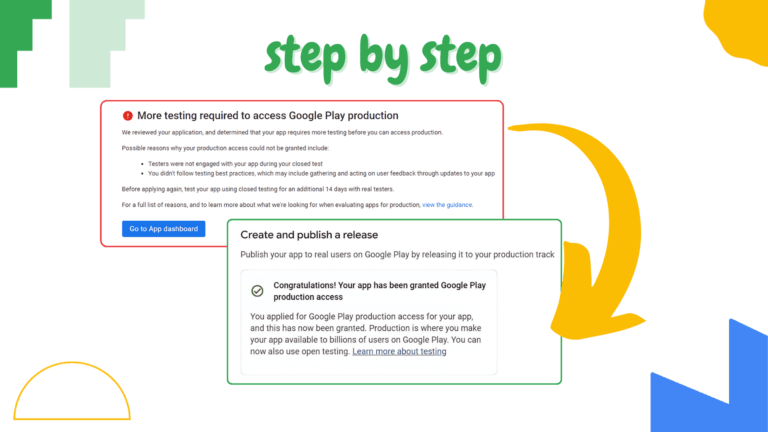How to Improve User Retention and Reduce App Uninstalls Effectively
Introduction
In today’s competitive mobile app landscape, getting users to download your app is only half the battle. The real challenge? Keeping them. User retention is the key to long-term app success, yet many apps struggle with high uninstall rates and poor engagement.
If you’ve noticed a drop in active users or a rise in uninstalls, you’re not alone. The good news is that there are proven strategies to retain users, increase engagement, and turn one-time downloads into loyal users.
Why User Retention Matters More Than Ever
User retention isn’t just a nice-to-have—it’s essential for app growth and profitability. Acquiring new users is significantly more expensive than retaining existing ones, and your app’s retention rate is directly linked to your revenue, app store rankings, and overall success.
When users stay engaged with your app, they’re more likely to make purchases, leave positive reviews, and recommend it to others. Conversely, poor user retention can lead to increased mobile app churn, hurting your reputation and bottom line.
Common Reasons Users Uninstall Apps
Understanding why users leave is the first step in improving retention. Some of the most common reasons for uninstalling apps include:
- Complicated or boring onboarding
- Slow loading or technical issues
- Frequent or irrelevant notifications
- Lack of perceived value
- Unclear purpose or confusing UI
Analyzing user behavior early on allows you to spot potential issues, reduce uninstall rates, and enhance overall user satisfaction.
Top Strategies to Improve User Retention
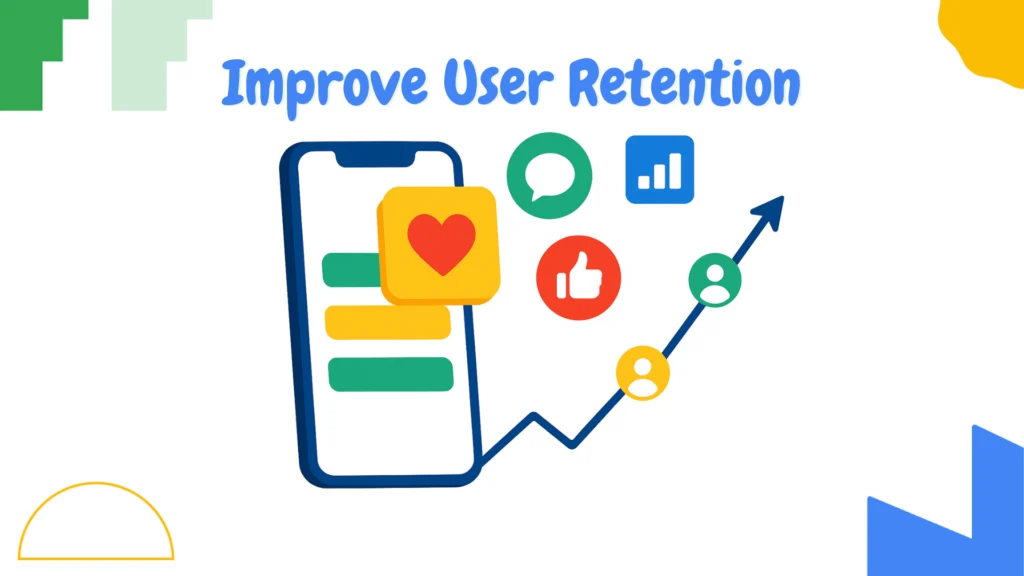
1. Improve Your Onboarding Experience
Your onboarding process sets the tone for user engagement. Make it simple, interactive, and tailored. Highlight your app’s core benefits quickly, and use visual guides or walkthroughs to ensure users feel confident using your product from day one.
2. Leverage Push Notifications Wisely
Push notifications are powerful when used correctly. Segment your audience, personalize messages, and schedule them thoughtfully. Avoid spamming your users.
➡️ Learn More: Best Push Notification Practices to Minimize Uninstalls
3. In-App Feedback and Continuous Updates
Collect user feedback within the app before they head to uninstall. Use feedback forms, surveys, and in-app chat tools. Frequent updates that fix bugs and add new features show users you’re committed to improvement.
➡️ Learn More: Analyzing User Feedback to Improve Retention
4. Offer Rewards and Personalization
Gamification, loyalty programs, and personalized experiences are excellent ways to boost user loyalty. Custom content, tailored recommendations, and exclusive in-app rewards can dramatically improve engagement and retention.
Monitor Behavior and Analytics
Use mobile app analytics tools to monitor retention metrics and identify weak points. Tools like Google Analytics, Firebase, and others help track what features users love and what’s causing them to leave.
📘 For more advanced strategies, check out this external guide:
👉 Stop Users from Deleting Your App – Adjust
Prevention Tactics: Reducing Uninstalls Before They Happen
Proactive measures are far more effective than reactive solutions. Proactively reduce your app uninstall rate by:
- Ensuring fast app performance
- Reducing app size and permissions
- Being transparent about privacy policies
- Regularly testing your app on different devices
➡️ Learn More: How to Reduce Your App’s Uninstall Rate
Conclusion
Improving user retention is not a one-time effort but a continuous journey that evolves with your users’ needs, behaviors, and expectations. It requires a thoughtful combination of excellent user experience design, transparent and timely communication, and the strategic use of analytics to make data-informed decisions.
At the heart of strong retention lies a deep understanding of your users—what motivates them, what frustrates them, and what keeps them engaged. By consistently delivering real, tangible value through intuitive design, personalized experiences, and helpful features, you create the foundation for long-term loyalty.
Moreover, proactively identifying and resolving friction points, such as confusing navigation, performance issues, or onboarding barriers, prevents churn before it begins. Leveraging insights from user feedback, behavioral data, and A/B testing allows you to fine-tune your app to better align with what your audience truly wants.
Ultimately, when you align business goals with user satisfaction, the results speak for themselves. You’ll not only see fewer uninstalls and higher session frequency—but you’ll also cultivate a product that users genuinely enjoy, trust, and recommend. That’s the kind of app people don’t just keep—they return to, rely on, and even advocate for.
For more tips on mobile app growth, engagement strategies, and developer tools, stay tuned to our blog.




